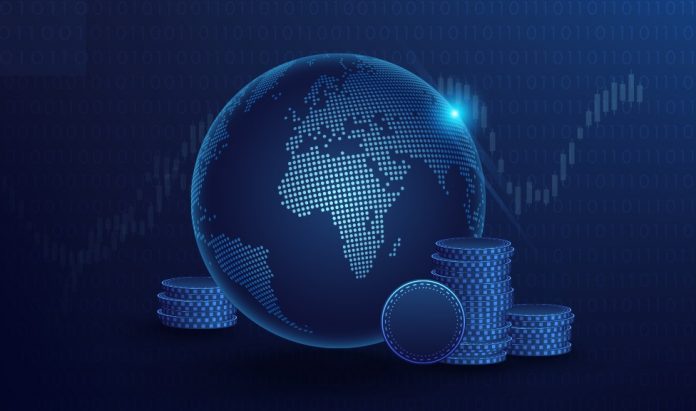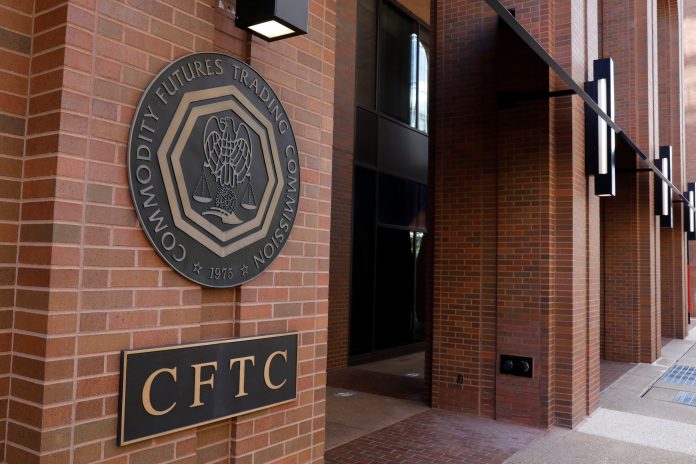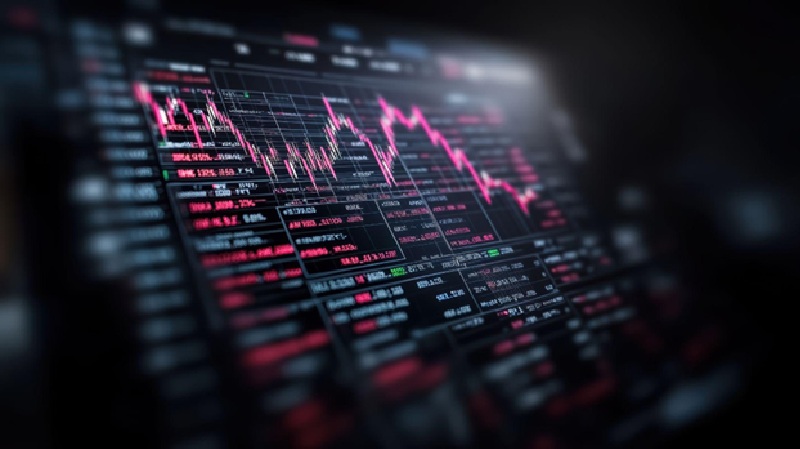Pakistan’s Ministry of Finance signed a non-binding Memorandum of Understanding (MoU) with Binance on December 12, 2025, to explore the tokenization of up to $2 billion in sovereign assets.
This includes government bonds, treasury bills (T-bills), and commodity reservessuch as oil, gas, metals, and other state-owned raw materials. The goal is to use blockchain technology to digitize these assets, aiming to increase liquidity, enhance transparency, improve global market access, and attract international investors.
Pakistan’s Finance Minister Muhammad Aurangzeb and Binance CEO Richard Teng, with Binance founder Changpeng “CZ” Zhao present. The MoU is exploratory and non-binding. Any definitive agreements would need negotiation within six months, subject to Pakistani laws and regulatory approvals.
This aligns with Pakistan’s push toward a formal crypto regulatory framework. Separately, the Pakistan Virtual Assets Regulatory Authority (PVARA) granted initial clearance for Binance and HTX to register local subsidiaries and prepare for full exchange licenses. Pakistan is also planning a Virtual Assets Act in 2025 and ranks high in global retail crypto activity.
Asset tokenization is the process of converting real-world assets (RWAs)—such as sovereign bonds, treasury bills (T-bills), commodities, real estate, art, or financial instruments—into digital tokens on a blockchain.
These tokens represent ownership or fractional shares of the underlying asset, enabling them to be traded, transferred, or used in decentralized finance (DeFi) applications more efficiently than traditional methods.scnsoft.com
Benefits of Asset Tokenization
Tokenization bridges traditional finance with blockchain, unlocking significant advantages, especially for assets like sovereign bonds, T-bills, and commodity reserves.
High-value assets can be divided into smaller, affordable tokens, allowing retail investors and those in emerging markets to participate in opportunities previously limited to institutions or high-net-worth individuals.
For sovereign bonds or T-bills, this democratizes access to low-risk government debt. Illiquid assets become easily tradable on secondary markets, often 24/7. Tokenized T-bills, for instance, can be traded globally without traditional intermediaries, turning static reserves into dynamic investments.
Blockchain enables near-instant settlement vs. days in traditional systems, reducing costs from intermediaries, paperwork, and delays. This is particularly valuable for cross-border sovereign debt or commodity trading.stoex.io
All transactions are recorded immutably on the blockchain, reducing fraud, errors, and information asymmetry. Ownership is verifiable in real-time, building trust—crucial for tokenized government assets.
Smart contracts automate processes like interest payments on tokenized bonds, dividend distributions, or compliance checks, minimizing manual intervention and errors. Tokens remove geographical barriers, enabling broader investor pools for assets like Pakistan’s proposed tokenized sovereign bonds or commodity reserves, potentially attracting international capital to emerging economies.
Tokenized assets can integrate with DeFi protocols using tokenized T-bills as collateral for loans, creating innovative products and higher yields.
In the context of initiatives like Pakistan’s MoU with Binance, tokenizing up to $2B in sovereign assets could improve liquidity for government debt, enhance transparency in commodity management, and open these to global investors—potentially lowering borrowing costs and fostering financial inclusion.
While challenges like regulation and security exist, the benefits are driving rapid adoption, with tokenized assets projected to grow significantly by 2030. This development signals a significant step for Pakistan in integrating blockchain into sovereign finance, potentially serving as a model for other emerging markets.







